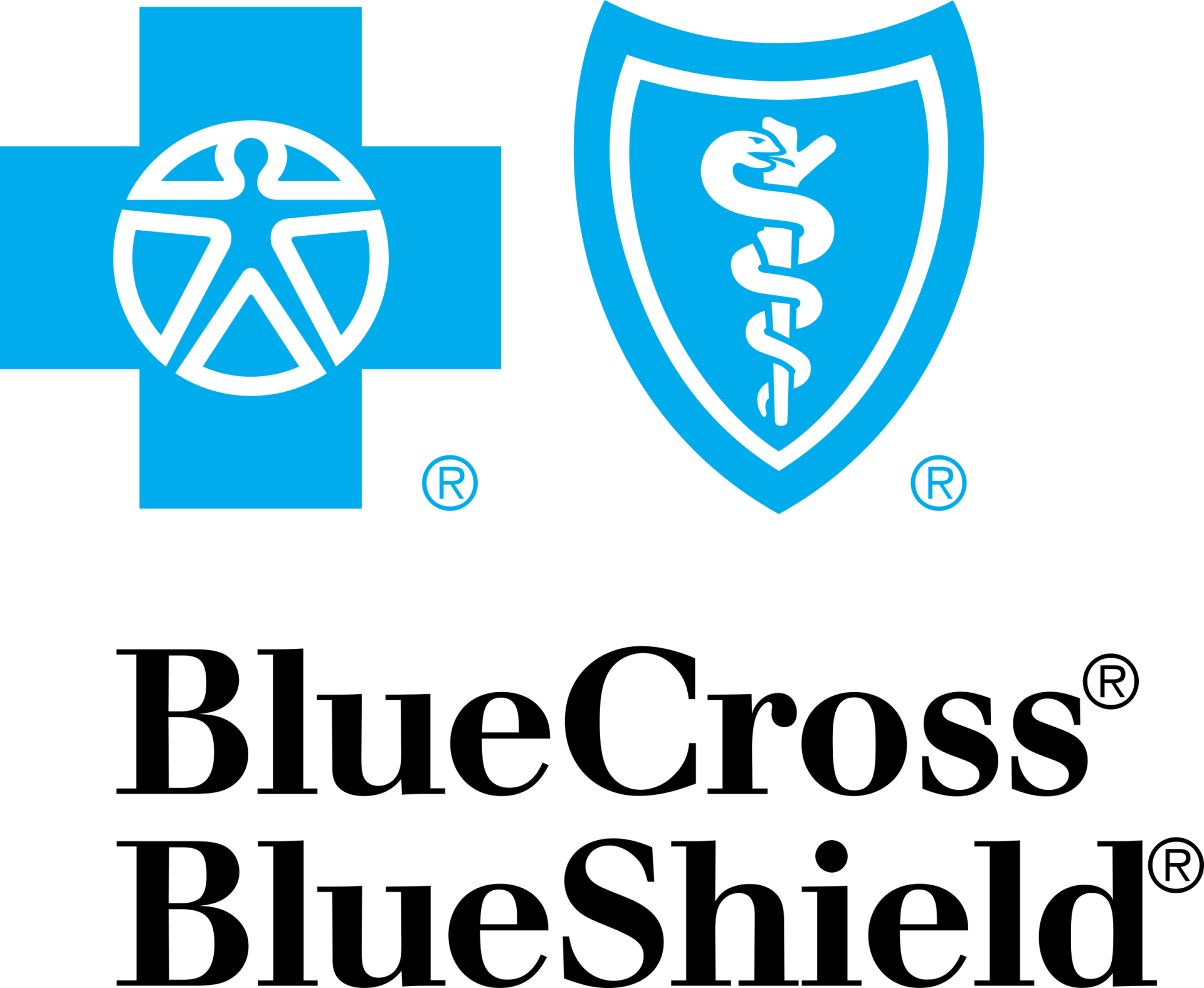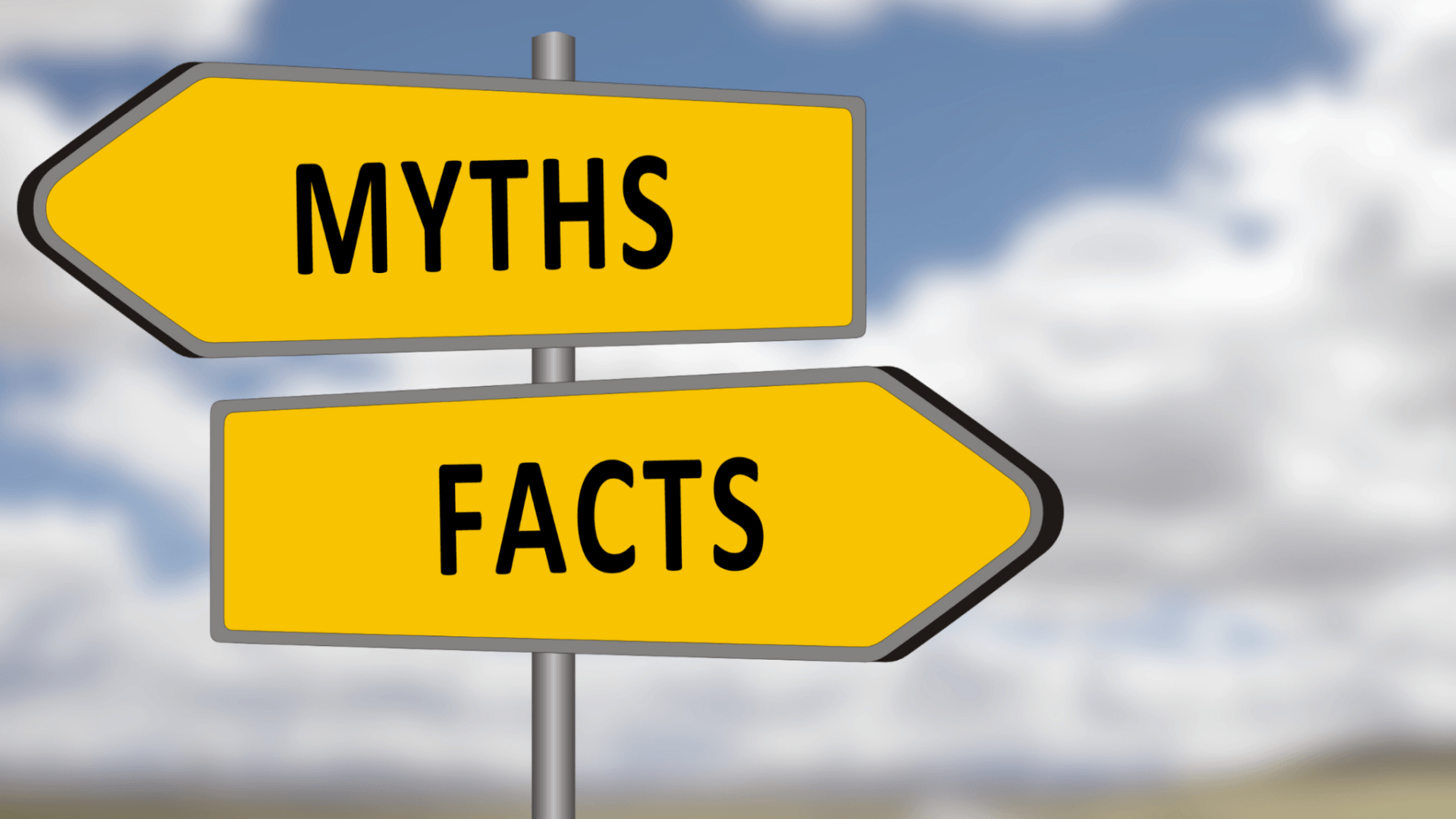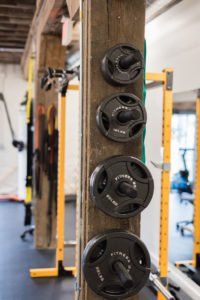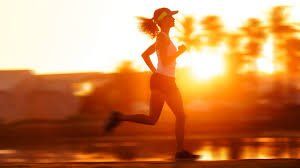Relax, Renew, and Save: 10% Off All Massage Gift Certificates – Limited Time Only!
Relative Energy Deficiency in Sport
Most everyone reading this has heard of eating disorders. Somewhat less of you, but still a lot, will also have heard of the Female Athlete Triad. But likely few will know what RED-S is. RED-S, or Relative Energy Deficiency in Sport, actually encompasses and expands on the female athlete triad and is essential for you to know about if you are an athlete, a parent of an athlete, or work with athletes in a coaching or healthcare capacity.

The Female Athlete Triad describes three inter-related health issues that occur specifically for female athletes when their food intake is not enough to support their activity levels. Oftentimes, this imbalance occurs due to disordered eating; intentionally restricting food intake in order to achieve leanness or small-ness which, for better or worse, can be advantageous in sports like distance running, triathlon, gymnastics. Over time, this lack of fuel triggers the body to essentially curl up in a ball and protect itself via shutting down the reproductive system. Your body will always prioritize survival over reproduction; this is why most women with eating disorders will lose their period due to low energy availability. The way this occurs is through alteration of hormone production and circulation in the body. In women, bone health is directly tied to reproductive hormone levels. Estrogen and progesterone levels are altered, which then has a cascade effect on your bone health. In sum: disordered eating leads to menstrual cycle disruption/hormone dysregulation and sad bones.
It seems fairly comprehensive, right? But it actually leaves a lot out, and that’s where RED-S comes in. This is the new term that we’re using instead of the “female athlete triad” for the following reasons:
Relative Energy Deficiency in Sport affects men too.
Men certainly don’t menstruate and don’t have the same link between bone health and sex hormone profile that women do, but they do still suffer the consequences of not eating enough. As we’ll talk about later, not eating enough can affect ALL your body systems, not just bones and reproduction. This is one of the main reasons for the change in terminology!
The “ED” in RED-S stands for “Energy Deficiency” and not necessarily “Eating Disorder”
It’s true that eating disorders are a massive problem in sport. The vast majority of women and girls will at some point and in some way, struggle with their body image and their relationship with food. However, it is also common for athletes to under-eat simply because they don’t know any better. Young women and girls are especially unaware of how many calories they actually need. I blame diet culture for this – many of us are lead to believe through the media that 1500 calories a day are sufficient. In reality if you’re active and/or still developing, it most definitely is NOT appropriate. Most female athletes need between 2,000-3,000 calories per day. (If you are curious about your own personal needs, I encourage you to get in touch with a Registered Dietician). As an example, consider the following scenario:
You’re a college freshman and you’re trying to balance 1) being a member of a sports team 2) classes and homework 3) finding your way around campus 4) making friends 5) being homesick 6) oh and the dining hall doesn’t have anything you like, ugh.
It isn’t hard to see how this young woman – and thousands just like her – are not getting enough calories. And it doesn’t mean she has an eating disorder. So that’s another reason for the change in terminology – being energy-deficient isn’t always due to restriction. This is where healthcare providers and coaches can play a huge role in educating girls and young women about what they actually need to consume and how to do so conveniently!
RED-S affects MUCH MUCH MORE than bones and sex hormones
Low energy availability affects every system of the body. It absolutely can lead to low bone density which increases an athlete’s risk of stress fractures. It will also shut down a woman’s menstrual cycle because with limited resources the body needs to choose between reproduction and survival. However, it also has effects on:
Mental health : poor regulation of serotonin/dopamine = bad moods, irritability, lashing out, and increased feelings of depression and anxiety. Your body needs fuel to appropriately store and release hormones too!
Energy levels : The term “energy deficiency” says it all. Feeling sluggish, foggy, sleeping excessively or having difficulty with sleep are all potential symptoms of RED-S. Additionally, athletes will often struggle to complete workouts or will feel that a volume/intensity of work that has been typical for them has suddenly become challenging
C ardiovascular health : Your heart is a muscle, and it uses carbohydrates and fats for fuel just like all the other muscles of your body. Without enough fuel, your heart muscle will not be able to work as efficiently. This can change the electrical conductivity of the heart leading to things like arrhythmias – which will disqualify an athlete from participating in sport. It also leads to feelings of fatigue – workouts suddenly feel hard because the heart is having to work with less fuel!
Your musculoskeletal system: If you’re not putting in enough fuel to allow your body to recover, it breaks down more easily. This is true
In summary, Relative Energy Deficiency in Sport is the new term we’re using to describe when athletes of all genders don’t eat enough to support their activity.

RESET. REHAB. PERFORM.
QUICK LINKS
CONTACT
Phone: (434) 293-3800
Fax:
(434)295-2737
office@balancechiropracticva.com
608 Preston Avenue, Suite 100
Charlottesville, VA 22903








